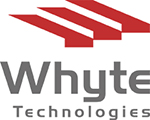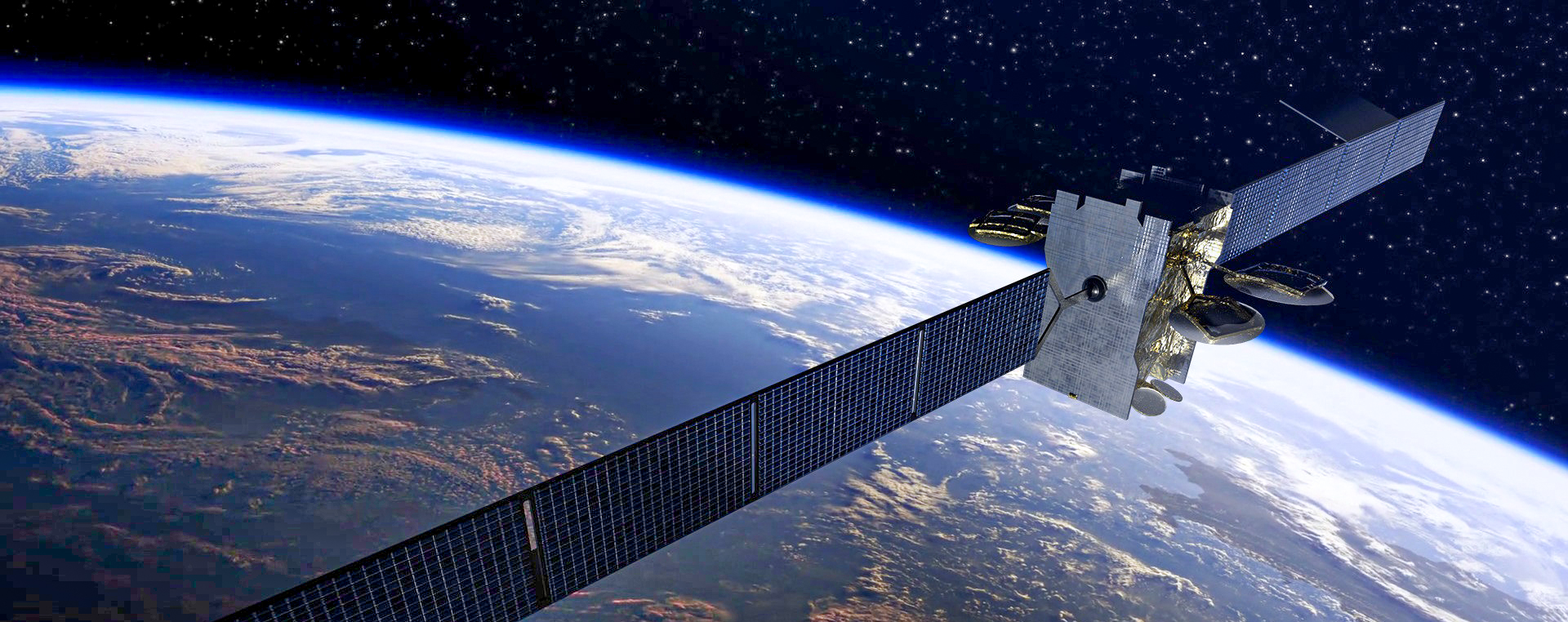
Reasons for transponder disparity and the effects on IRS installations
For those who have been in the IRS industry the problems arising from transponder disparity from Astra 2 at 28.2° east are all too familiar but let us take a closer look as to why this occurs and how we can plan IRS installations to overcome this problem.
What is disparity?
Disparity is the difference in transponder power levels from two or more satellites that are co-located. In this article were looking specifically at the difference between transponders in the same band and polarity. There are three satellites at the 28.2° position Astra 2E, 2F and 2G. Each of these satellites has different downlink beams covering the UK, Europe, and West Africa (Astra 2F only). For now, let us discard the West Africa downlink footprint as it cannot be received in the UK. The UK services are on a tighter footprint and have a higher power level than the European footprint. We can visualise this by imagining a tightly focused torch beam (UK spot beam) and a floodlight (European wide beam). Using this analogy, we can determine very easily that for us in the UK the spot beam is brighter and will have higher downlink power by comparison. This is clearly visible on a good spectrum analyser. Don’t be misled by “out of band” transponder levels as these will be filtered off rapidly diminishing their power.

“Wideband spectrum response of Astra-2 28.2° east.”
What happens at the LNB?
We are going to assume for now that were dealing with a Quattro LNB as this is the most popular type for IRS installations facilitating Hybrid system requirements where Sky Q, Sky+ HD and FreeSat services are needed. Typically for IRS installations we would be using an offset 80cm satellite dish (in the south) and it’s not uncommon to have a UK transponder to have levels of around 95dBµV on the maximum transponder level measured in band/polarity at the LNB. For the European downlinks you would expect around 90dBµV at the LNB which is still quite high output.
Solutions for straight to dSCR systems
For smaller IRS installations (straight to dSCR with no amplification) this can be problematic as this kind of high input level will result in degradation of the transponders affecting the performance of that dSCR and potentially resulting in picture breakup at the set top box, which is not desirable. This is especially true for systems where the coax drop from the roof is very short or has a short coax run to a cabinet. So, it may be necessary to attenuate the input (consider taps and splitters too). The maximum input level (strongest in band/polarity transponder) to a dSCR should not exceed 83dBµV.
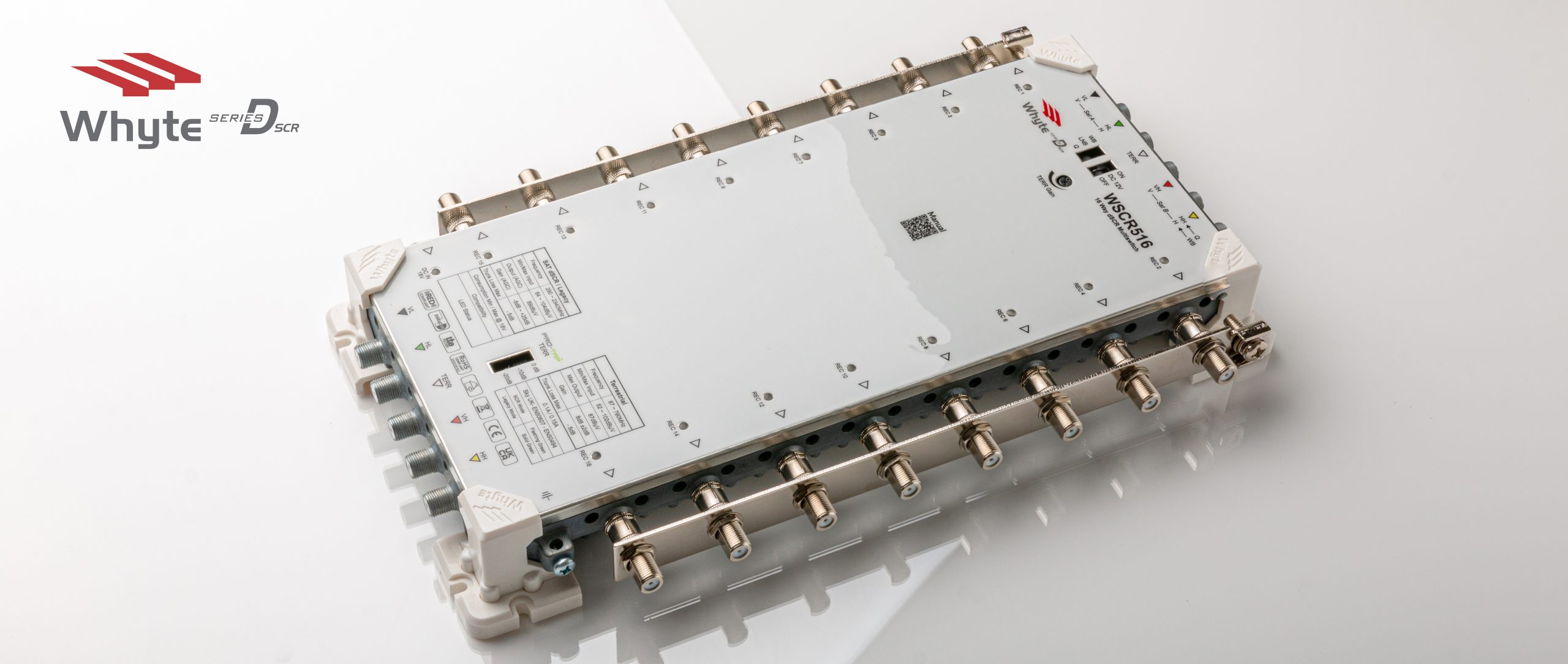
Whyte WSCR516 – 16 Way Multuswitch
The launch amplifier mindset
For many within the industry when it comes to planning a system an amplifier at the top may be a first thought, but is this necessary? In some cases, not as we’ve just determined that an 80cm dish will give you significant SAT signal level (even with disparity). Any amplification will add disparity to a system so we can consider placing amplifiers further down from the top floor to lessen this effect. Always plan your IRS from the bottom up (working from the furthest outlet to the LNB) that way you are ensuring the ideal input levels throughout your system.
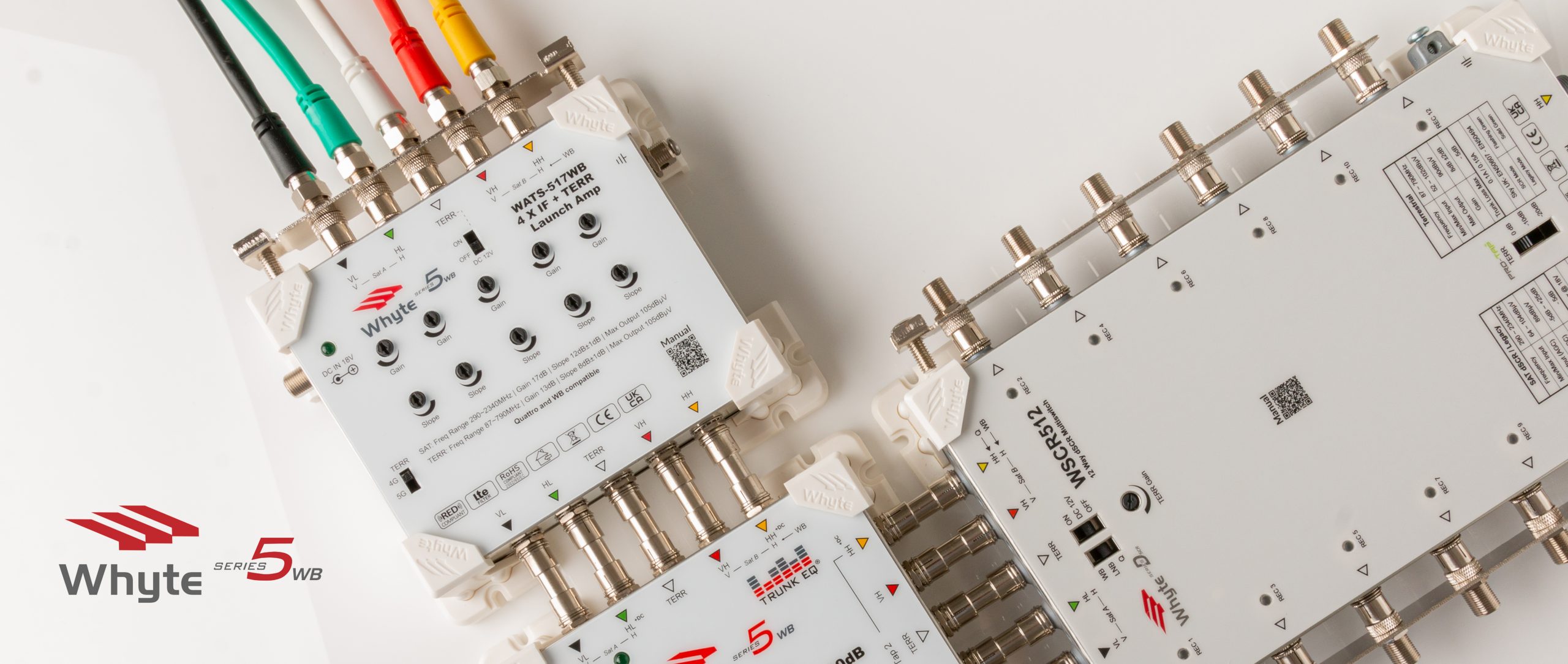
Whyte WATS51-WB – Launch Amplifier
How low can you go?
You may be surprised to know that Whyte dSCRs will tolerate low level input down to 65dBµV (at the strongest transponder in band/polarity). Here the AGC (Automatic Gain Control) of the Whyte dSCR SAT output easily manages low trunk level input scenarios. The TERR Variable Gain Control (VGC) and Whyte Pro-Tap with 0, 10 or 20dB of attenuation enables you to set the ideal TERR output level.
Solutions for larger IRS installations
Equalisation is of course the best solution for your larger IRS installation; however, costs are a major factor in winning contracts and these days it is especially important to be competitive. Whyte Launch Amplifiers feature Variable Slope Control (VSC) which are the ideal partner for Whyte Trunk EQ Taps, Splitter, and Gen II dSCRs providing the flattest response throughout the trunk of your IRS installation without adding further disparity.
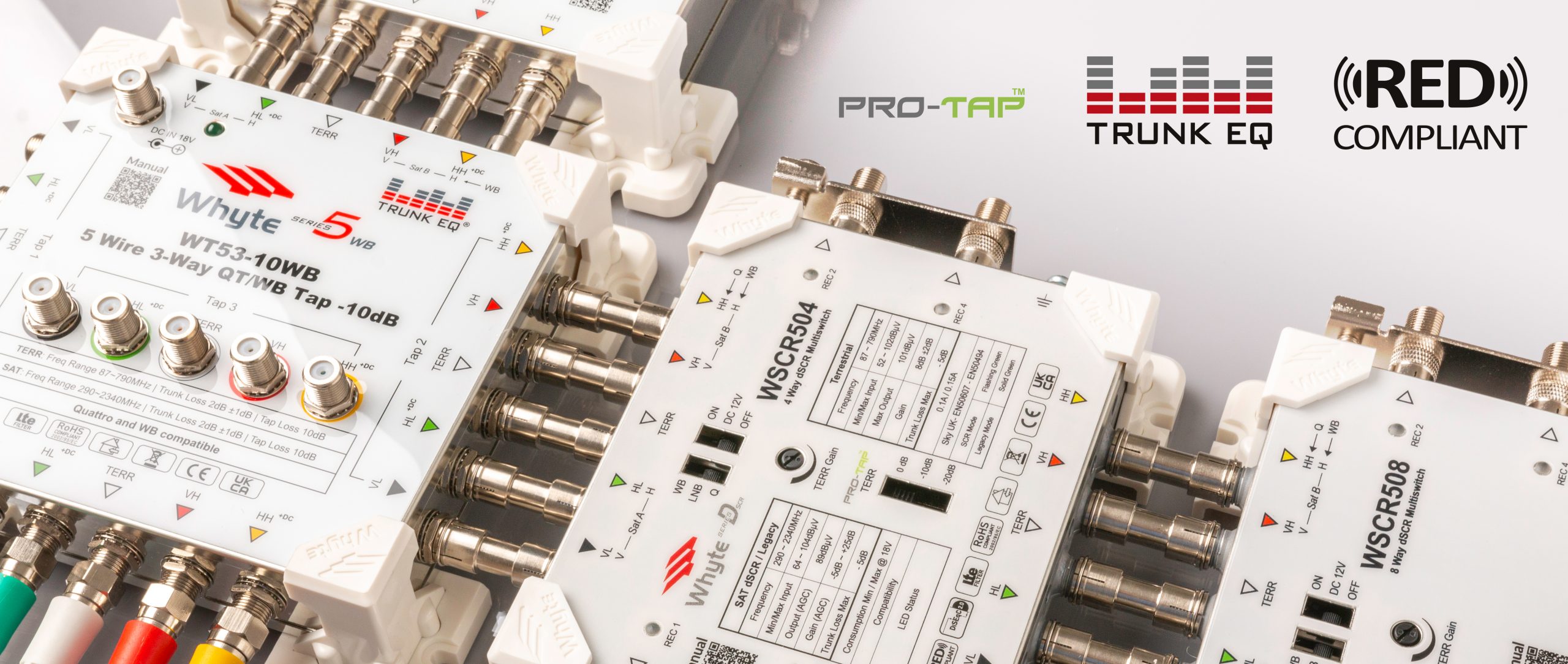
Whyte Trunk EQ Taps, Splitter, and Gen II dSCRs
